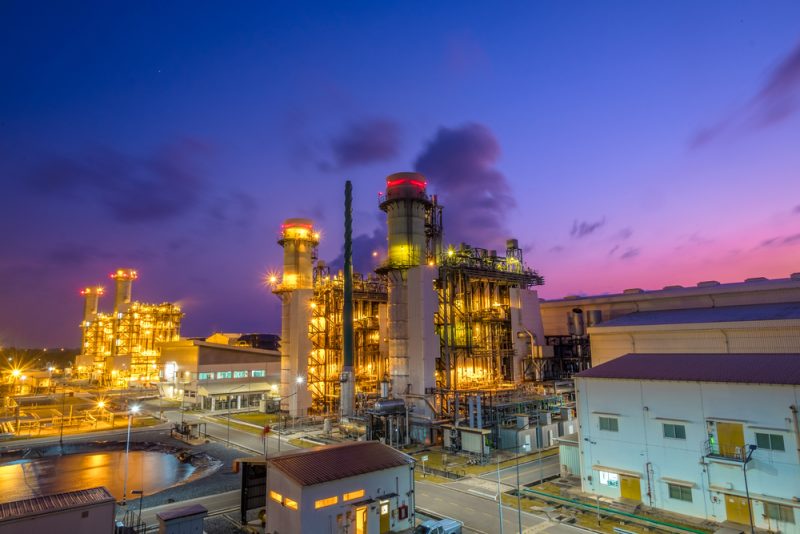Conversion efficiency for natural gas-fired electricity improves, coal remains stable, EIA says

Generation efficiency, as indicated by average annual heat rates, improved for natural gas-fired electricity generators, while efficiency for coal-fired generators remained relatively stable, according to the U.S. Energy Information Administration (EIA).
Average annual heat rates decreased by seven percent for gas-fired generation and increased by one percent for coal-fired. Generators with lower heat rates require less fuel per kilowatt-hour and, therefore, operate more efficiently.
In 2006, the heat rate for natural gas-fired generation averaged 8,471 British thermal units per kilowatt-hour (Btu/kWh), which was approximately 18 percent lower than coal-fired generation’s average heat rate of 10,351 Btu/kWh.
By 2015, the average heat rate for natural gas-fired generation was approximately 25 percent lower than the average heat rate for coal-fired generation in 2015.
The slight increase in average heat rate for coal-fired facilities can be attributed to emissions controls and operational changes, according to EIA. Emissions control equipment, which was installed on approximately 73 percent of the coal-fired generator fleet that was operating in 2016.
These changes were partially offset by the retirement of 43.1 gigawatts (GW) of older, less efficient plants and the addition of 19.5 GW of new, more efficient coal generating capacity.
A major factor in the improved efficiency of natural gas plants was the increased use of combined cycle systems, which are more efficient than simple cycle systems. Combined cycle plants have an average heat rate of 7,340 Btu/kWh, while simple cycle systems have a consumption-weighted average heat rate of 9,788 Btu/kW.
In 2006, combined-cycle systems made up 75 percent of total natural gas-fired generation in 2006. In 2015, they accounted for 85 percent.
